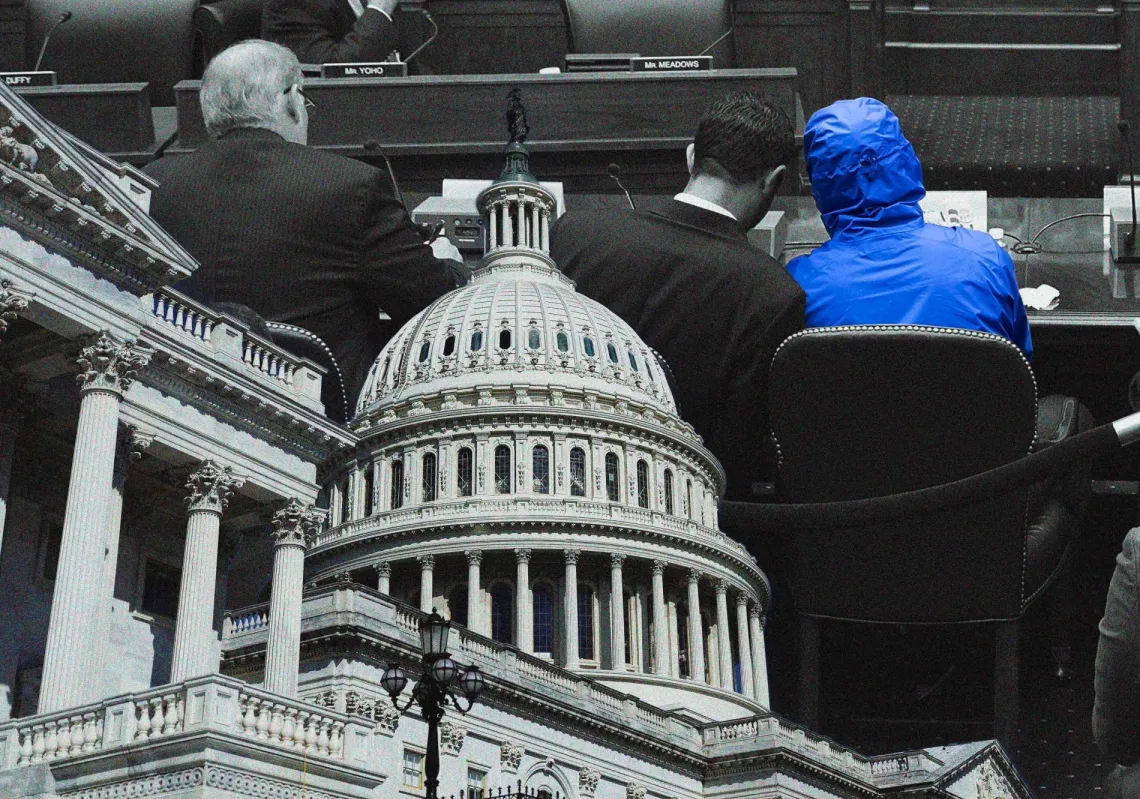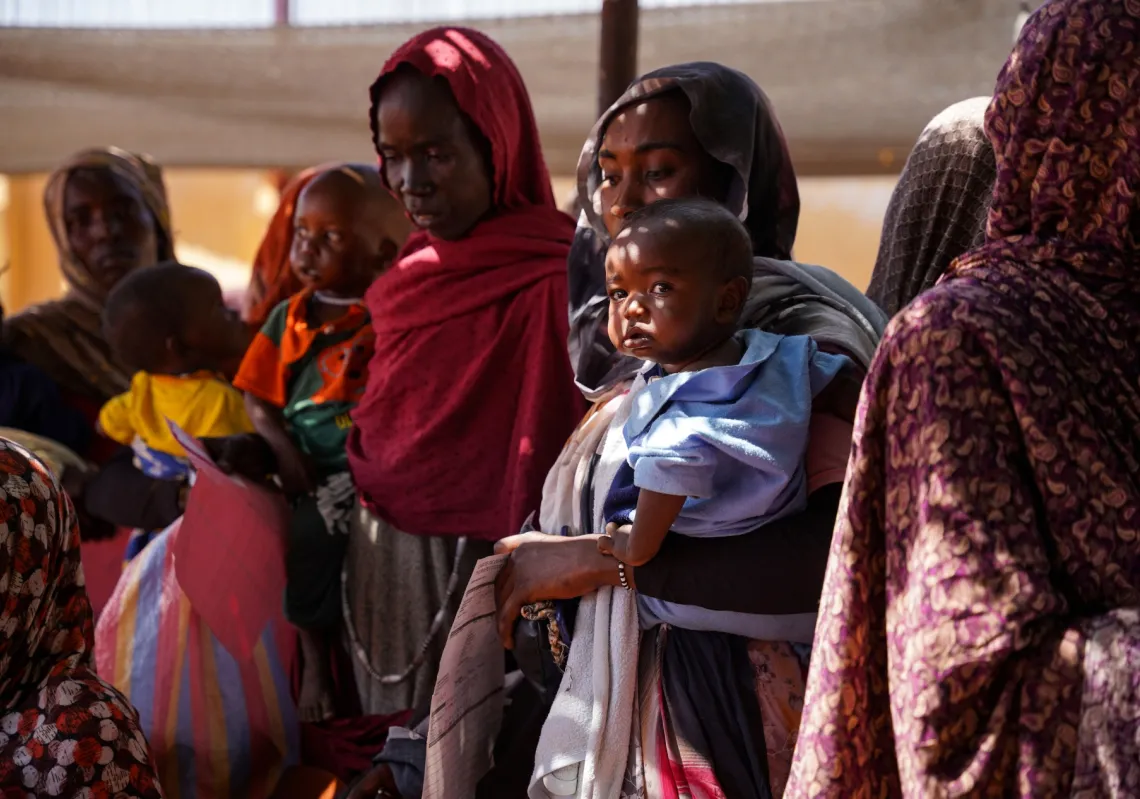The earthquake that struck southern Turkey and northern Syria in the early hours of Monday morning could not have hit at a worse time or targeted a more vulnerable region.
Decades of shoddy construction in Turkey left thousands of buildings tumbling to the ground, and in northern Syria, more than a decade of brutal conflict left many structures entirely defenseless.

Forty-eight hours later, nearly 8,000 people were confirmed to have died and tens of thousands more wounded, with those numbers likely to rise many times over. Some estimates suggest as many as 180,000 people may still lie under rubble in Turkey.
In the wake of such a cataclysmic disaster, the international community is mobilising. Planeloads of aid and disaster relief experts are landing in Turkey, and the Syrian regime has received pledges of aid from Russia and seven Middle Eastern governments.
Idlib forgotten
As has so often been the case, however, the hardest hit Syrian community, in the opposition-controlled northwest, appears to have been forgotten.
Home to over 4.5 million people, nearly 3 million of whom are displaced, this is an area of Syria that has borne the brunt of 12 years of the regime’s scorched earth campaign.












